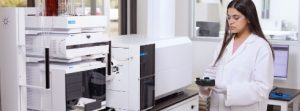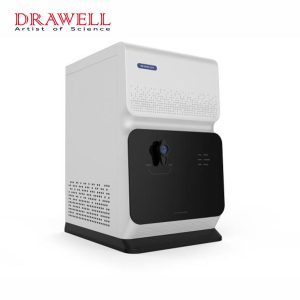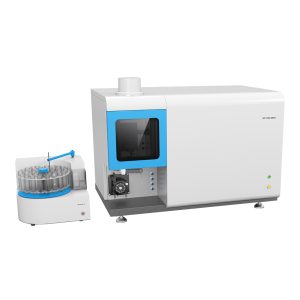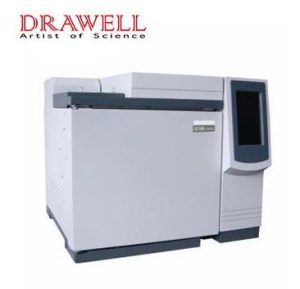Quantitative Liquid Chromatography-Mass Spectrometry (LC-MS) has been a key analytical technique used in the pharmaceutical, environmental and clinical industries because of its high sensitiveness, specificity, and ability to detect and quantify trace-level analytes within complicated matrixes. As the need for accurate and reliable quantification rises, LC-MS continues to evolve, providing more robust options for targeted as and untargeted analysis.
Point 1: Principles of Quantitative LC-MS
Quantitative LC-MS blends the power of separation in Liquid Chromatography (LC) and the accuracy of detection provided by mass spectrometry (MS). The LC component separates analytes on the basis of their chemical characteristics (e.g. Polarity, polarity and molecular size) and the MS determines them and quantifies them using the mass to charge (m/z) proportions. Quantification is usually achieved with calibration curves and stable isotope-labeled internal benchmarks or both.
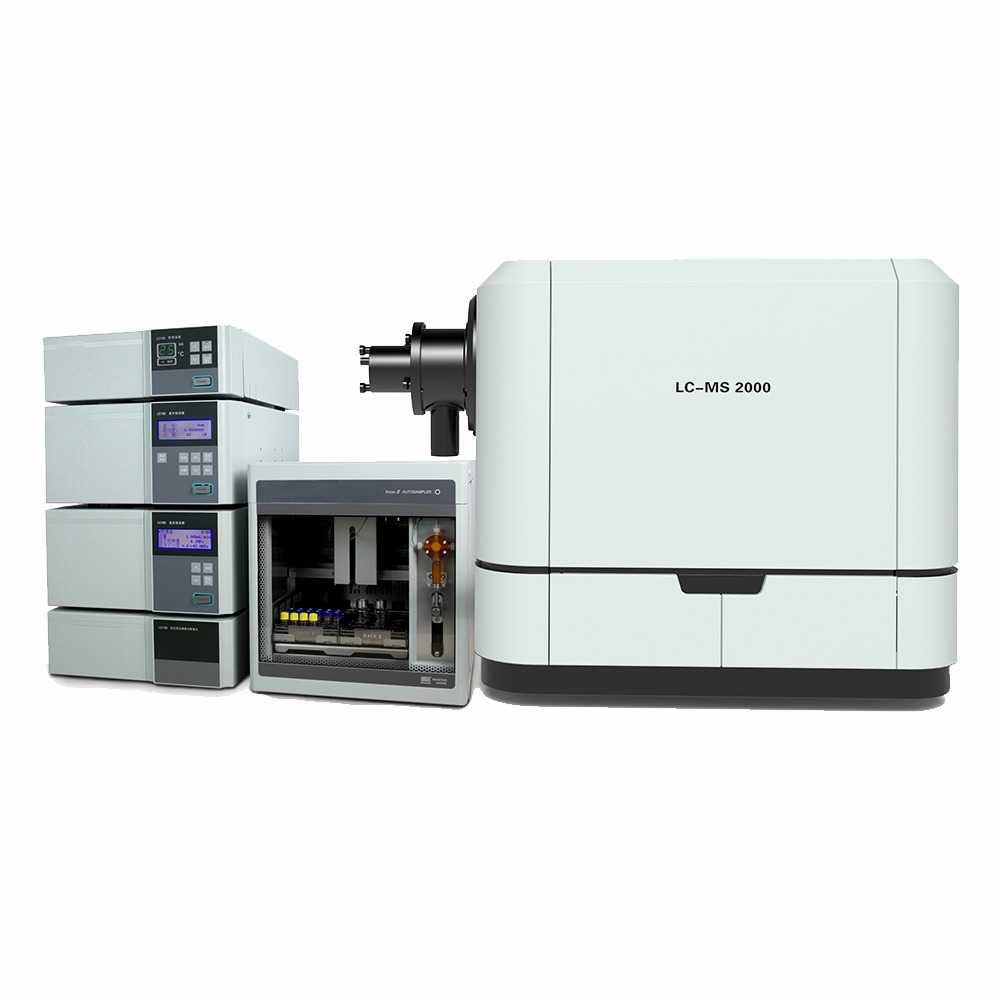
Point 2: Key Steps in Quantitative LC-MS
| Step | Description |
| 1. Sample Preparation | The samples are treated prior to being processed such as protein precipitation, solid-phase extraction or dilution in order to remove harmful substances. |
| 2. Internal Standard Addition | Stable isotope-labeled, stable standards or similar structural compounds are added to reduce the variability of the sample preparation and analysis. |
| 3. Chromatographic Separation | Analytes are separated on the basis of chemical properties with HPLC, which is a high-performance liquid chromatography (HPLC) or ultra-high performance Liquid Chromatography (UHPLC). |
| 4. Ionization | The analytes are transformed to ions using methods like Electrospray Ionization (ESI) as well as Atmospheric Pressure Chemical Ionization (APCI). |
| 5. Mass Analysis | The mass spectrometer is used to measure how much charge-to-mass proportion (m/z) that is present in the analytes that are ionized, usually with a triple quadruple or high-resolution MS. |
| 6. Data Acquisition | Instrument software gathers the intensities of ions for certain changes (e.g., MRM) in order to create the chromatograms. |
| 7. Quantification | The peak areas are measured and then compared to calibrator curves in order to establish the amount of each chemical in the sample. |
| 8. Data Validation & Reporting | The results are analyzed for accuracy and precision. The final concentrations are reported based on guidelines for validation. |
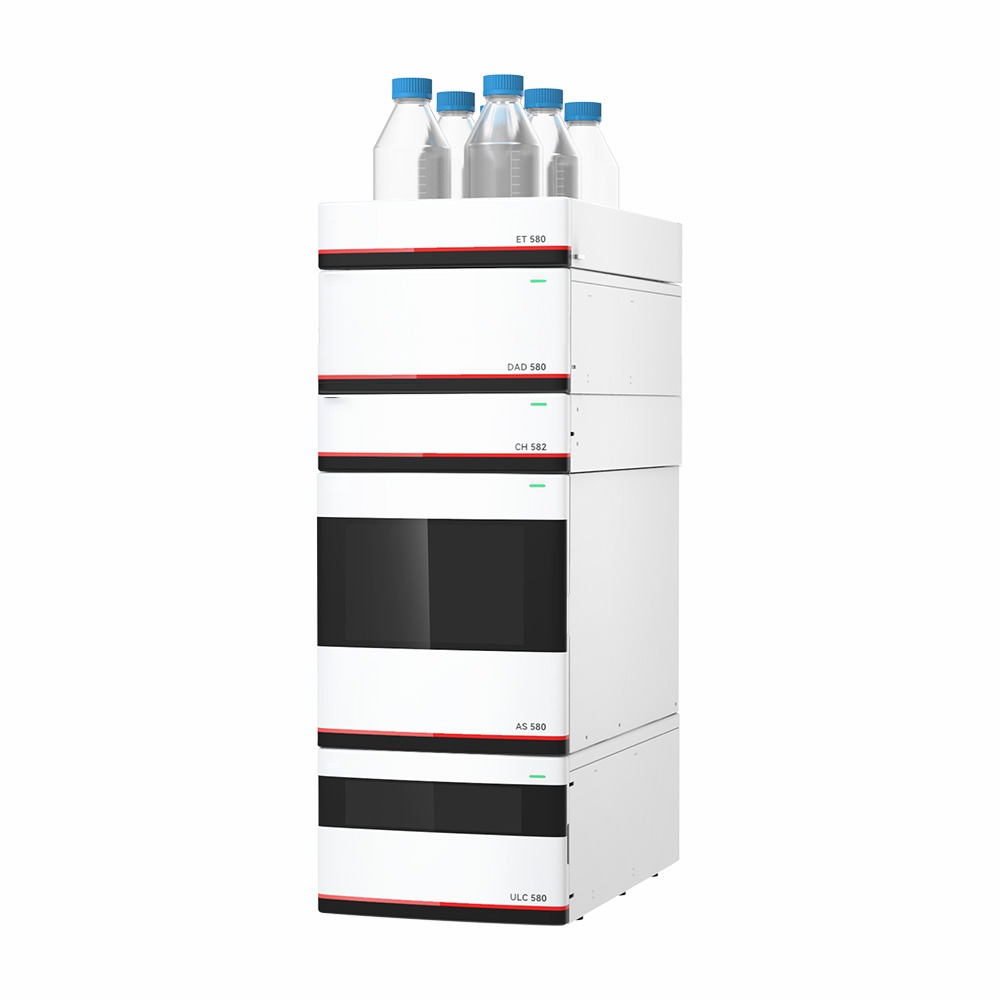
Point 3: Modes of Quantification in Quantitative LC-MS
| Mode | Description | Typical Use Cases |
| Absolute Quantification | Determines the precise amount of an analyte by with the help of calibration curves and internal standards. | Concentration of drugs in plasma levels, food contaminant levels. |
| Relative Quantification | Examines the levels of an analyte in different sample groups, without determining the exact value. | Metabolomics, biomarker discovery, comparative proteomics. |
| Semi-Quantitative Analysis | Offers an approximate concentration of analytes by with a single point calibration or structural analog. | Rapid screening and exploratory research, if the standards aren’t sufficient. |
| Targeted Quantification | Analyzes known compounds with great accuracy with the use of MRM and SRM modes. | Diagnostics for clinical conditions, pharmacokinetics, monitoring of the environment. |
| Untargeted Quantification | It detects and evaluates a broad spectrum of compounds, typically using discovery modes, with no defined goals. | Metabolite profiling, Exposomics, non-targeted testing for food safety. |
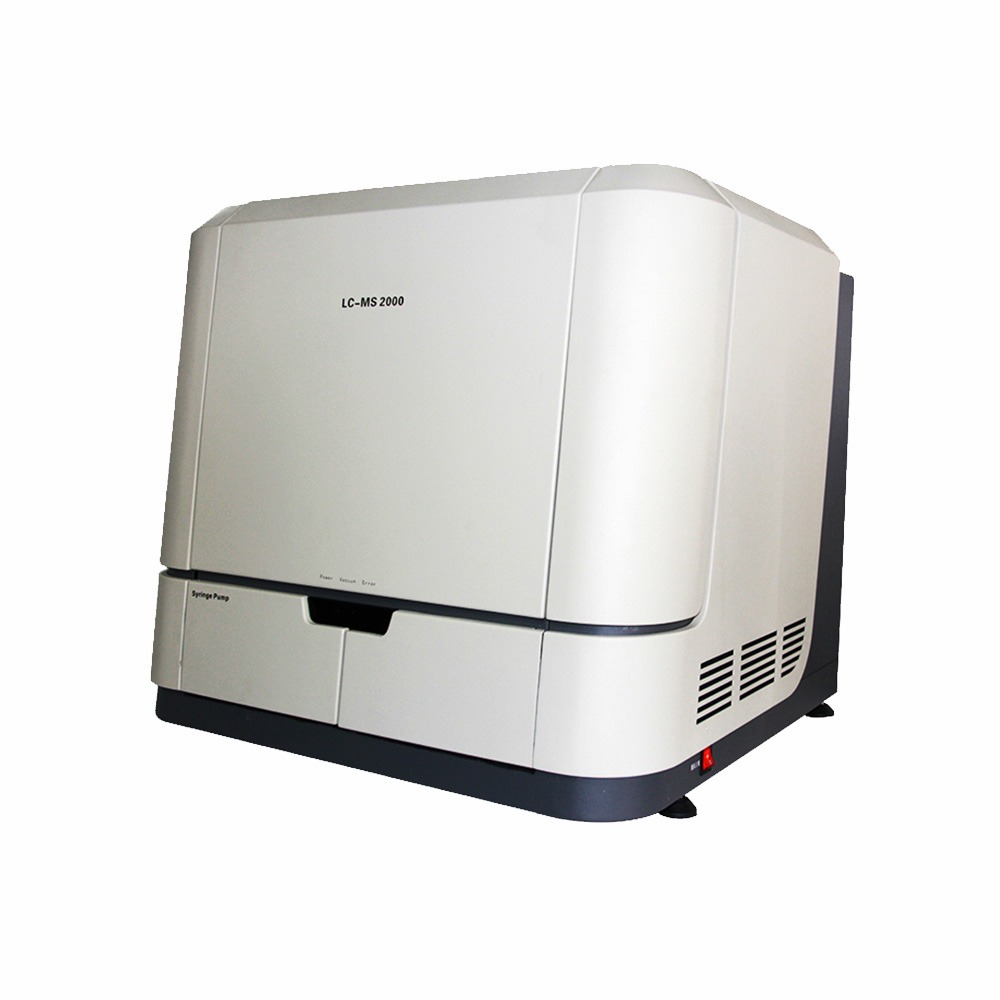
Point 4: Applications of Quantitative LC-MS
LC-MS is known for its exceptional sensitivity, selectivity, and versatility, enabling the precise measurement of chemical compounds in complex matrices. From drug development and clinical diagnostics to environmental monitoring and food safety, it has diverse applications.
- Pharmaceutical and Biomedical Research
A single of the important applications of LC-MS quantitative is used in pharmaceutical manufacturing. It is widely used in the development of drugs and pharmacokinetics that is, it allows for the precise determination of the concentration of drugs in biological matrices, such as urine, plasma or even tissues. This information is crucial for studying absorption, distribution metabolism as well as the excretion (ADME) of drugs that are being considered for development.
In bioequivalence research, the LC-MS play a major role in comparison of the bioavailability of generic drugs versus their branded equivalents. In addition for therapeutic drug monitoring (TDM) clinical trials, doctors use LC-MS to monitor the levels of drugs in patients and to optimize dosage regimens for therapeutic index drugs, such as antiepileptics and immunosuppressants.
- Clinical Diagnostics and Biomarker Quantification
Quantitative LC-MS is used extensively in diagnostics for clinical use to determine biomarkers such as hormones, metabolites, and vitamins. It has superior precision compared conventional immunoassays, particularly with low abundance or structurally related substances such as steroid hormones or thyroid hormones.
The LC-MS technology is also crucial in metabolomics and proteomics in which it assists in quantifying the changes in metabolism or modifications to proteins during disease. This makes it a crucial technology for personalized medicine and early detection of diseases.
- Food Safety and Quality Control
Assuring the authenticity and safety for food ingredients is a important area of application. Quantitative LC-MS can be used to identify and determine the amount of pesticide residues, mycotoxins, drug residues and other food additives found in processed and agricultural food products.
Due to its sensitiveness and ability to deal with food matrixes that are complex and food matrices, it is commonly used for testing compliance with regulations and food authenticity (e.g. the detection of adulteration in meat or dairy products).
- Environmental Monitoring and Contaminant Detection
Environmental laboratories employ quantitative LC-MS to monitor the presence of contaminants in soil, water as well as in the air and sediments. It is particularly effective in the detection of trace levels of pharmaceutical residues and personal care products chemicals that disrupt the endocrine system, as well as pesticides in drinking and wastewater water.
The method is a support for routine regulatory analysis as well as new contaminants’ surveillance, which contributes to the health of the public and ecosystem protection.
- Forensic and Toxicological Analysis
In the field of forensic toxicology, quantifiable LC-MS is utilized to identify and quantifying abuse drugs poisons, as well as their metabolites within biological specimens like urine, blood or hair. The high specificity of the method allows researchers to differentiate from compounds that are closely related even at extremely small concentrations.
It is also employed in postmortem toxicology and doping control in the field of sports, as well as occupational drug testing, in which the accuracy and reliability of the test are essential to the law.
- Industrial and Chemical Product Testing
Industries involved in the manufacture of chemicals cosmetics, chemicals and consumer goods utilize LC-MS for ensuring the quality of the raw material, track the degradation of products, and test for any unwanted contaminants. For tests for cosmetics, it can help to ensure compliance with safety rules by determining the amount of prohibited substances such as the steroids or hydroquinone.
- Academic Research and Omics Sciences
Quantitative LC-MS is the key to research in fields such as the metabolomics, lipidomics, or proteomics. Comprehensive profiling and quantitative analysis of molecules lead to discoveries in the fields of health, disease and the study of physiology. The ability to perform specific and non-targeted quantification permits researchers to investigate the biological system in greater detail.
In summary, the wide-ranging applications of quantitative LC-MS reflect its unmatched capabilities in detecting and measuring compounds with high precision. Whether in healthcare, environmental science, industry, or academic research, LC-MS plays a vital role in advancing knowledge, ensuring safety, and supporting regulatory compliance.
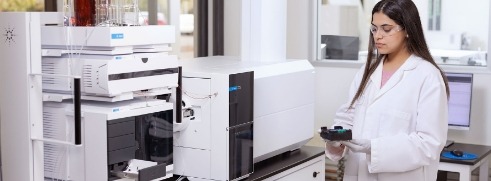
Point 5: Challenges and Solutions in Quantitative LC-MS
| Challenge | Description | Solution |
| Matrix Effects | Co-eluting matrix elements can reduce or increase ionization, which can affect the accuracy. | Utilize stable isotope-labeled internal standard and optimize cleanup of samples (e.g. SPE, e.g.) and calibration using matrix-matched. |
| Ion Suppression/Enhancement | Substances that interfere with signal strength affect it unexpectedly. | Improve separation of chromatographic samples; employ the orthogonal method of sample preparation to test the method during validation. |
| Low Sensitivity for Some Analytes | Certain compounds can ionize poorly and cause weak signals. | Optimize ionization source parameters; consider derivatization; use more sensitive detectors (e.g., HRMS). |
| Instrument Drift and Variability | Performance of the instrument can fluctuate with time, which can affect the reproducibility of the instrument. | Make sure that instruments are calibrated regularly Apply internal standard correction Perform regular maintenance. |
| Carryover Between Runs | Residual analyte may contaminate subsequent injections. | Utilize flow path and needle washes; track and modify wash protocols; apply the use of injections that are blank. |
| Complex Sample Matrices | The environment, the biological or food samples may introduce harmful compounds. | Use rigorous sample preparation techniques (e.g., LLE, SPE); employ matrix-matched standards. |
| Limited Linearity Range | Signal response could slow down at low or high levels. | Utilize the right dilution strategies and verify the linearity of your method during creation. |
| Data Processing and Integration Errors | Poor integration or mis-identification of the peak impacts the quantification. | Make use of sophisticated software algorithms; examine key peaks; establish precise integration parameters. |
| Regulatory Compliance | Methods must meet stringent validation criteria. | Follow the guidelines (FDA, EMA, ICH) Document every validation step in detail. |
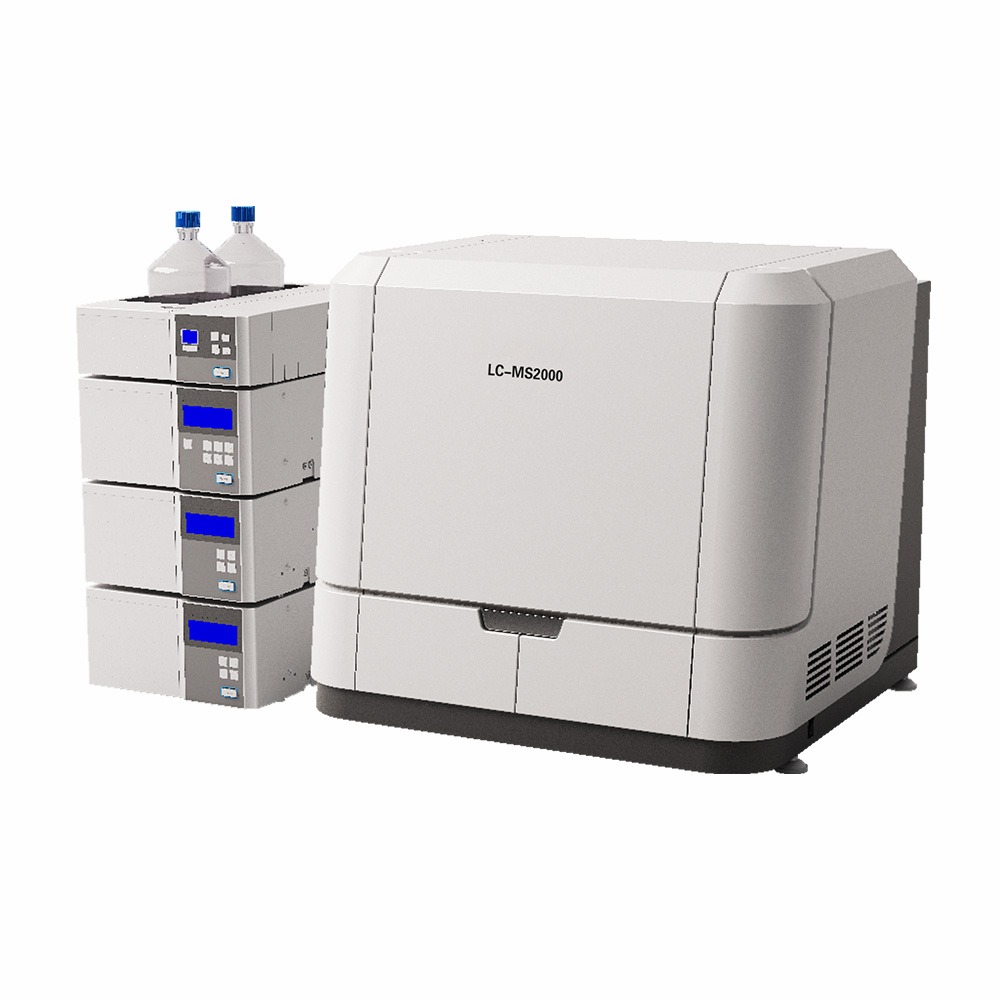
Point 6: Recent Advancements in Quantitative LC-MS
Recent advances in technology, methodologies, and software are improving efficiency, enhancing accuracy, reducing the effects of matrix, and allowing new applications in disciplines like medical diagnostics, pharmaceutical development and environmental science.
- High-Resolution Mass Spectrometry (HRMS) for Quantification
One of the biggest developments in the last few years is the growing usage of high-resolution mass spectrum (HRMS) to perform quantitative tasks. It was traditionally used for discovery-based or qualitative work the HRMS instruments like Orbitraps as well as time-of-flight (TOF) mass analyzers have been now used for routine quantitation. Their high accuracy in mass measurement and resolution power helps distinguish the analytes from interferences within complex matrixes, making HRMS appropriate for both untargeted and targeted quantification.
- Automation and High-Throughput Workflows
Automation has significantly improved the efficiency and reliability in quantitative LC-MS. Automated liquid handling systems are now able to automate steps in sample preparation such as solid-phase extraction, protein precipitation and the dilution process. They reduce the chance of human error and enhance accuracy in large-scale experiments for example, pharmacokinetic studies or screening of biomarkers. In addition, the multiplexing capabilities – which utilize parallel LC systems that are fed into a single mass spectrometer – allow for continuous analysis, as well as an increase in the amount of samples that can be processed.
- Microflow and Nanoflow LC-MS
The advancement of nanoflow and microflow LC-MS techniques has greatly increased the sensitiveness, especially for proteomic and bioanalytical applications. Low-flow techniques reduce the consumption of solvents while also concentrating the analyte for Ionization, which leads to better signal-to-noise ratios. This is especially useful when dealing with small samples or biomarkers with low levels of absorption.
- Advances in Software and Data Processing
New software systems are using the power of artificial intelligence (AI) as well as machine-learning (ML) to improve data processing in quantitative LCMS. These instruments can detect automatically spikes, correct baselines, combine complex chromatograms and flag irregularities in real-time. Advanced algorithms are also helpful in the management of large-scale datasets and ensuring that quantification is consistent over long-term studies and collaborations across multiple sites. Retrospective analysis of data is now more practical because of non-targeted acquisition techniques that are enhanced by mining and data visualization tools.
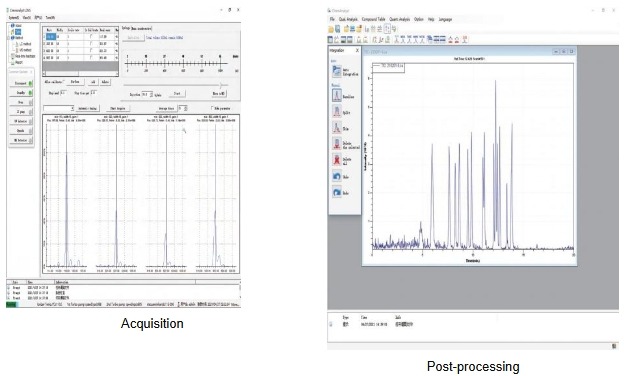
- Data-Independent Acquisition (DIA)
In the past, quantitative LC-MS relied heavily upon data-dependent acquisition (DDA) as well as Multiple reaction monitoring (MRM). However, the advent of the data independent acquisition (DIA) methods such as SWATH or AIF (all-ion fragmentation) which allows simultaneous quantification of a greater variety of analytes with no prior selection. This broad scanning technique is especially beneficial in non-targeted workflows that allow for post-acquisition quantification of targets that appear.
- Improved Ionization Techniques
The latest developments in the field of ionization sources have increased the number of compounds which can be examined by LC-MS. Methods like laser desorption electrospray ionization with matrix-assisted lasers (MALDESI) and paper spray Ionization (PSI) and other ambient ionization now allow the ability to analyze directly with little preparation. These advances reduce the complexity of a sample and enable faster transitions from the raw sample to the final.
- Incorporation with Multi-omics Platforms
Quantitative LC-MS is becoming integrated with transcriptomics, genomics and metabolomics in order to help support precision medicine and systems biology. Multi-omics platforms integrate LC-MS data alongside other biological data to give a better understanding of the mechanisms behind disease as well as drug-related responses and interactions with the environment. This integrated approach is being used from pharmaceutical firms, research institutes and clinical labs across the world.
- Green and Sustainable LC-MS Approaches
Based on environmental issues In response to environmental concerns, there is a rising movement towards more eco-friendly LC-MS techniques. Miniaturized instruments, and more energy-efficient systems are becoming more popular. Methodologies that make use of liquid mobile phases, aqueous recycled solvents, or less flow rates help laboratories decrease their environmental footprint, while retaining the performance.
Final Thoughts
Quantitative LC-MS is an essential analytical instrument in different disciplines of science. Continuous technological advancements ensure its relevance in increasingly complex analytical challenges, providing precision and reliability that modern science requires.
Related Products Recommendation
Get Quote Here!
Latest Posts
What Next?
For more information, or to arrange an equipment demonstration, please visit our dedicated Product Homepage or contact one of our Product Managers.


